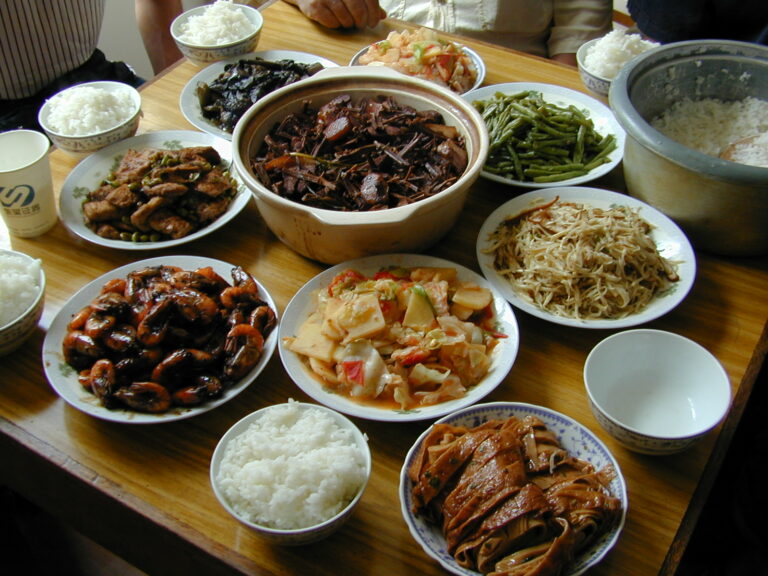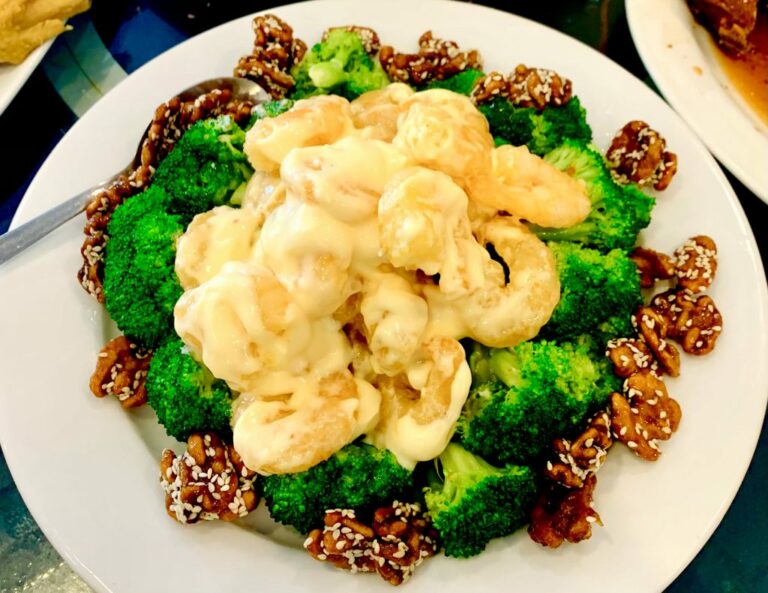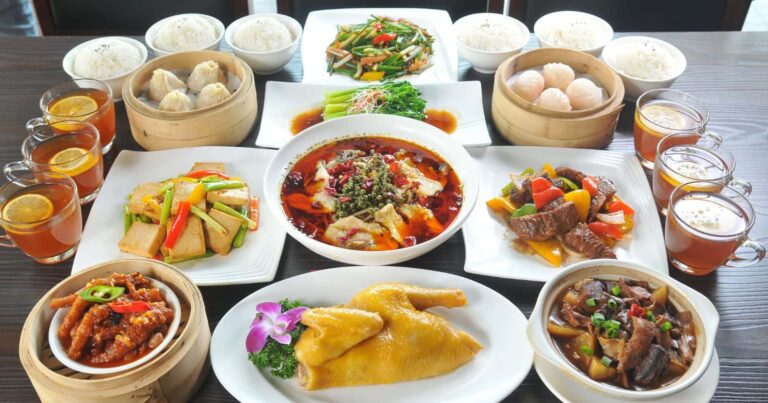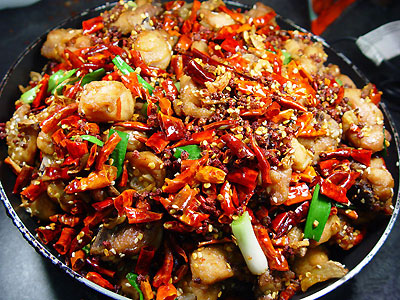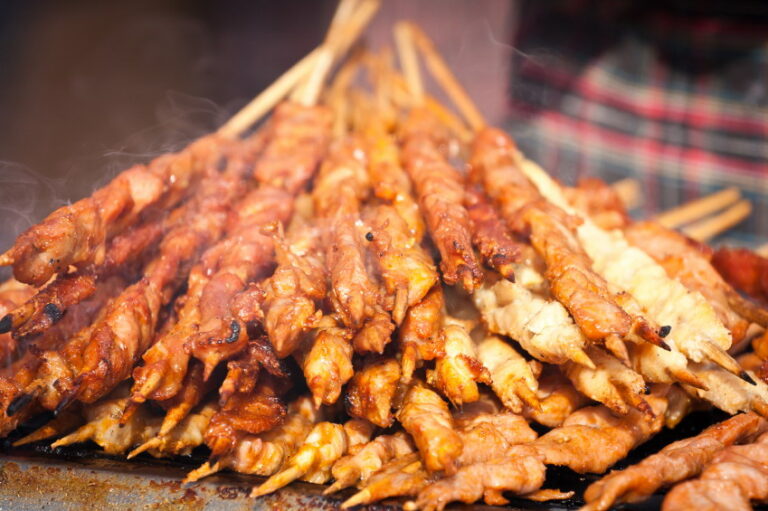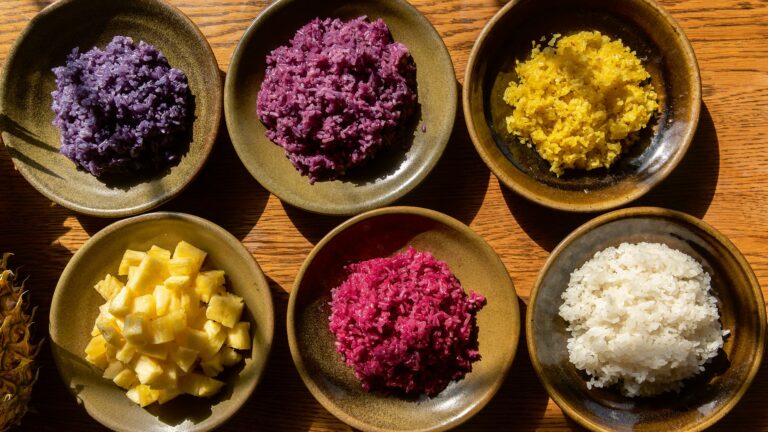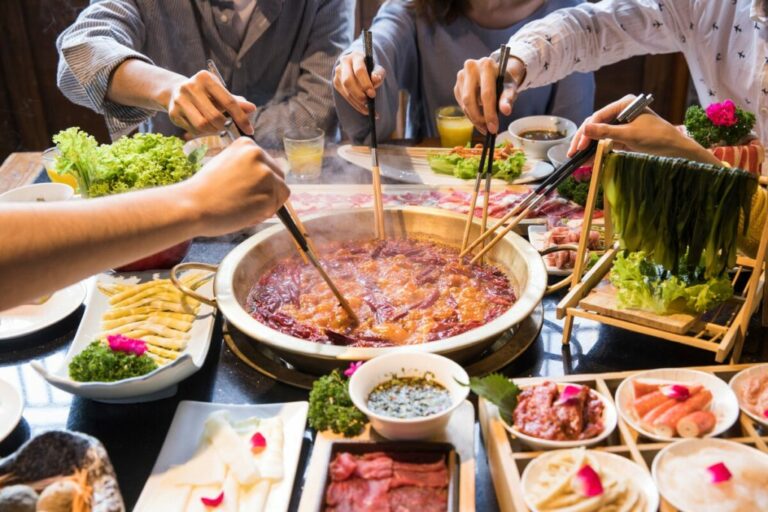Introduction: Discovering Chinese Cuisine
Chinese cuisine is one of the most popular and diverse culinary traditions in the world, known for its rich flavors, intricate cooking techniques, and use of fresh ingredients. With a history that spans over 5,000 years, Chinese cuisine has been influenced by various factors such as geography, climate, culture, and religion. As a result, it has evolved into a complex and distinctive gastronomy that reflects the diversity and sophistication of Chinese culture.
The Five Flavors of Chinese Cuisine
One of the most important aspects of Chinese cuisine is its emphasis on the five flavors: sweet, sour, bitter, spicy, and salty. Each flavor plays a crucial role in balancing the overall taste of a dish, and the combination of flavors is carefully curated to create a harmonious and satisfying experience for the palate. For example, sweet and sour flavors are often used in dishes that contain meat or seafood, while spicy and salty flavors are used in soups and stir-fries.
The Four Major Culinary Regions
Chinese cuisine is also renowned for its regional diversity, with four major culinary regions that have distinct styles, ingredients, and flavors. These regions are: Cantonese cuisine from Guangdong province, known for its emphasis on seafood and light sauces; Sichuan cuisine from Sichuan province, known for its bold flavors, use of chili peppers, and numbing spices; Shandong cuisine from Shandong province, known for its focus on seafood, soups, and hearty meat dishes; and Huaiyang cuisine from Jiangsu province, known for its delicate flavors, emphasis on presentation, and use of seasonal ingredients.
Cooking Techniques in Chinese Cuisine
Another key aspect of Chinese cuisine is its diverse range of cooking techniques, which includes stir-frying, deep-frying, steaming, boiling, braising, and roasting. These techniques are used to create a variety of textures and flavors in dishes, and are often combined with specific ingredients and spices to enhance their taste. For instance, stir-frying is a popular technique for cooking vegetables and meats quickly over high heat, while steaming is often used for seafood and dumplings.
Staple Ingredients in Chinese Cooking
Chinese cuisine also relies heavily on staple ingredients such as rice, noodles, soy sauce, vinegar, and various seasonings and spices. These ingredients form the foundation of many Chinese dishes, and are used to create a wide range of flavors and textures. For example, rice is a staple ingredient in many Chinese dishes, and is often served as a side dish or used as a base for stir-fries and soups.
Famous Chinese Dishes You Must Try
No discussion of Chinese cuisine would be complete without mentioning some of its most famous and beloved dishes. These include Peking duck, a crispy and succulent roasted duck served with thin pancakes and scallions; Kung Pao chicken, a spicy stir-fry dish made with diced chicken, peanuts, and chili peppers; hot and sour soup, a hearty soup made with tofu, mushrooms, bamboo shoots, and chili oil; and dim sum, a selection of small savory and sweet dishes served in bamboo steamers.
The Role of Tea in Chinese Cuisine
Tea is an integral part of Chinese cuisine and culture, and is often served alongside meals or as a way to cleanse the palate between courses. Chinese tea comes in a variety of flavors and types, including green tea, black tea, oolong tea, and pu-erh tea. Each type of tea has its own unique flavor and health benefits, and is often paired with specific dishes to enhance their taste.
Conclusion: The Richness of Chinese Gastronomy
In conclusion, Chinese cuisine is a rich and diverse gastronomy that has captivated food lovers around the world. From its emphasis on the five flavors and regional diversity, to its diverse range of cooking techniques and staple ingredients, Chinese cuisine has something to offer everyone. Whether you are a fan of spicy Sichuan cuisine or delicate Huaiyang dishes, there is no shortage of delicious and satisfying options to explore in the world of Chinese gastronomy.

